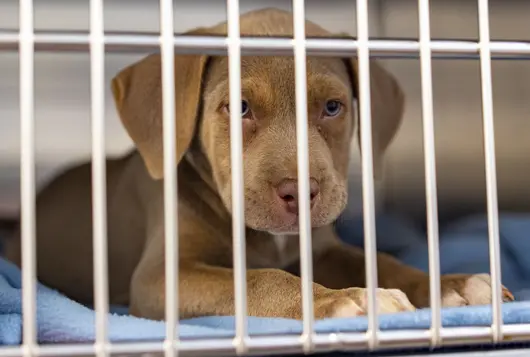Isolation vs. Quarantine in Animal Shelters

Isolation and quarantine are important tools to help control infectious disease in a shelter. Use these definitions to help decide what is most appropriate when you're concerned about an animal's disease status.
- Isolation: Process of physically separating animals that have been diagnosed with or are showing clinical signs of an infectious disease.
- Quarantine: Process of physically separating animals exposed to, but not showing signs of, infectious disease to monitor for signs of illness and prevent the spread of disease.
These two processes are critical in the face of a disease outbreak but can also be implemented to control disease before it spreads widely. Consulting a veterinarian experienced in shelter medicine can help determine when each process should be applied. Ideally, when they are used, housing spaces for quarantine and isolation should be separated from each other, as well as from the rest of the shelter population. The quarantine and isolation areas should also each have designated caregivers to prevent the spread of disease.
It is important to note that healthy-appearing incoming animals do not need to be routinely quarantined if your shelter has good preventive protocols in place. This is true even for animals who have been relocated as long as the source shelter also has good preventive protocols in place. Routine quarantine for all animals can unnecessarily extend their length of stay, which has detrimental effects on physical and emotional welfare.
Resources & Downloads
The Association of Shelter Veterinarians (ASV) Guidelines & Shelter Checklists
Must Shelters Quarantine Animals for Relocation?
Textbooks
- Infectious Disease Management in Animal Shelters, 2nd ed.
- Shelter Medicine for Veterinarians and Staff, 2nd ed.
Webinar

